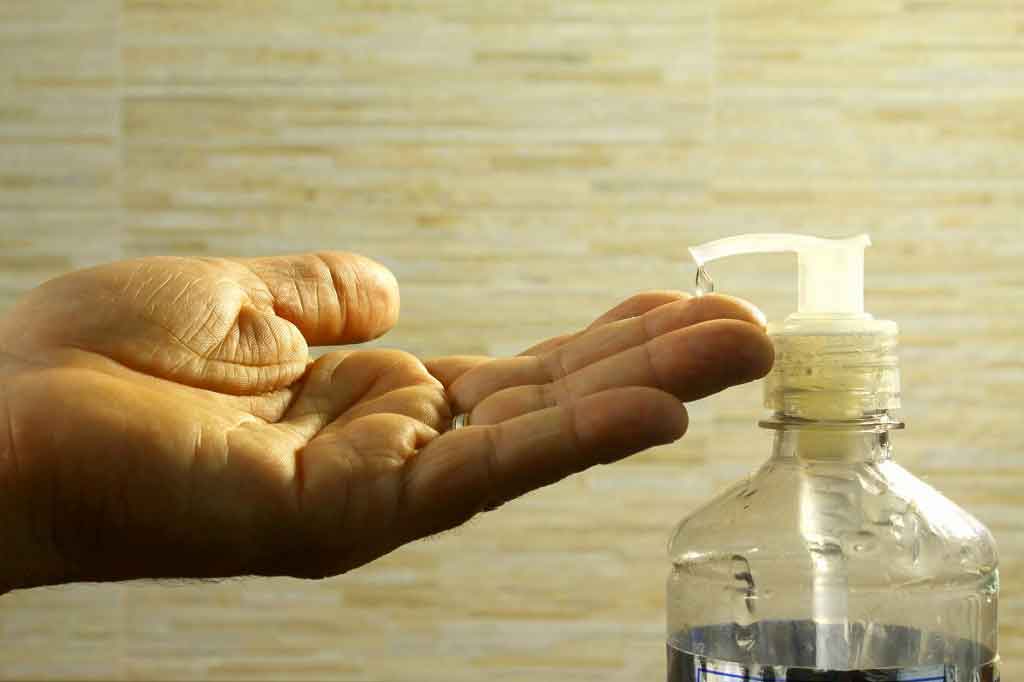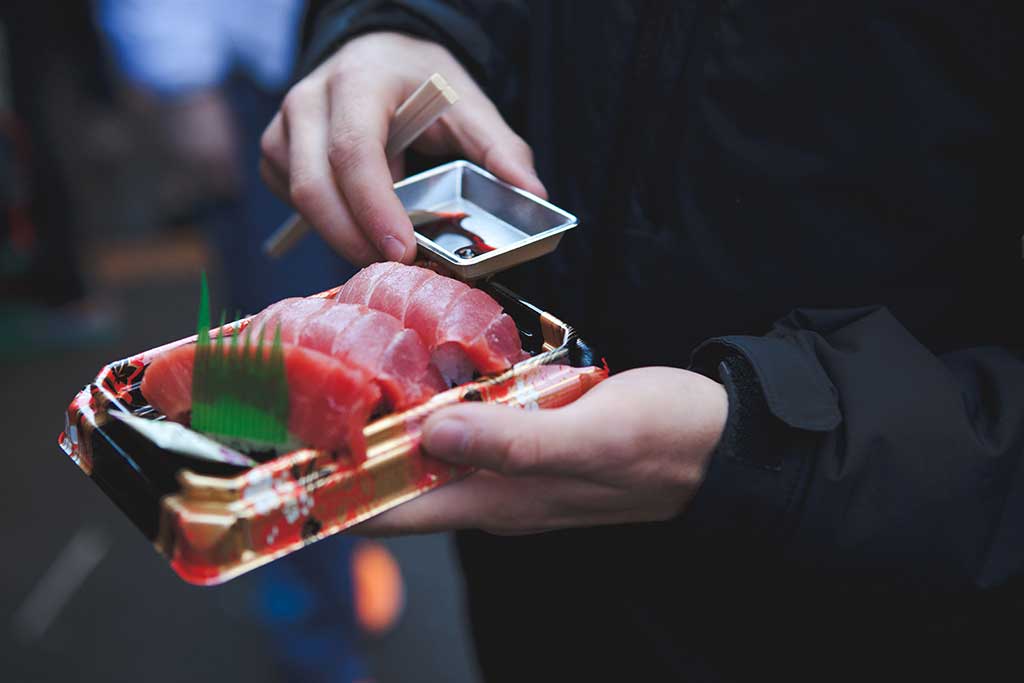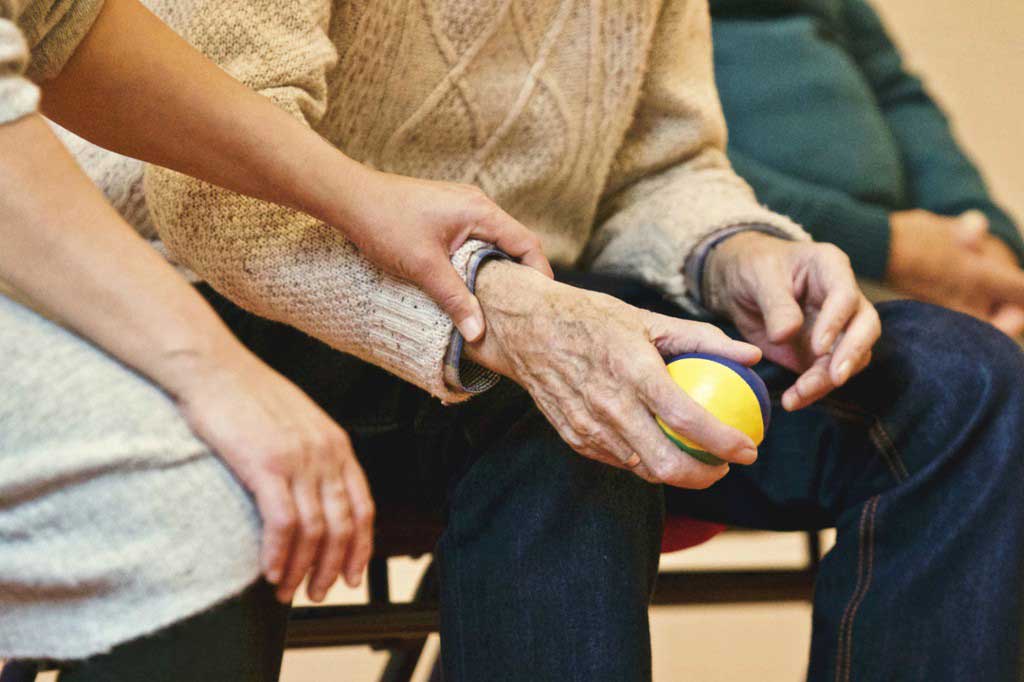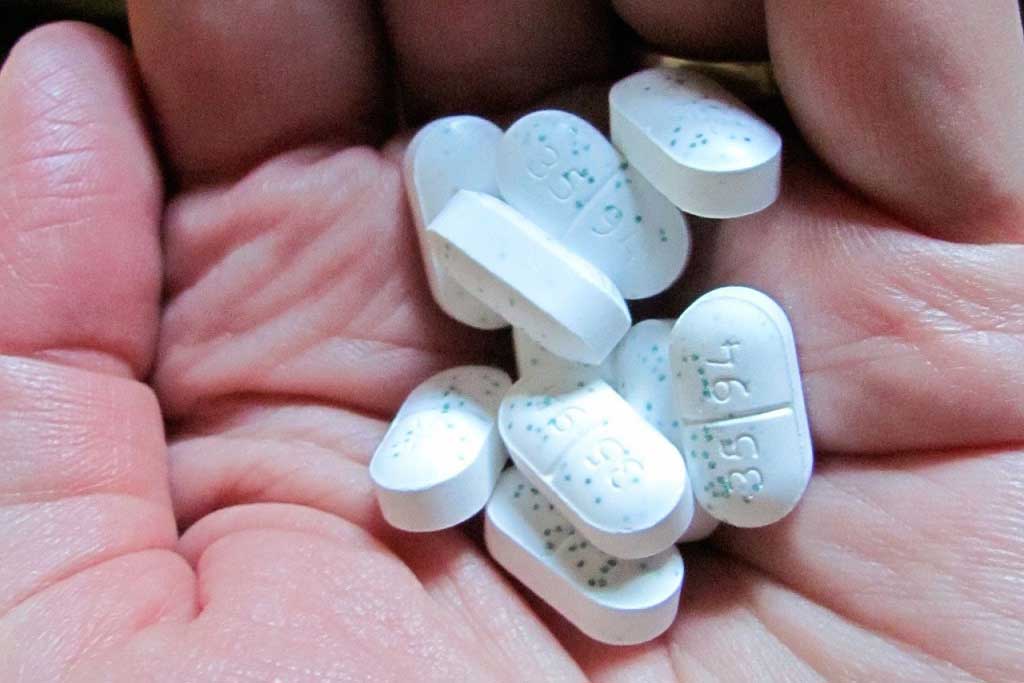Jasmine 'as good as valium' claim
Older people
“The sweet smell of jasmine is as good as valium at calming the nerves, with none of its side-effects,” reported The Daily Telegraph. It said that the fragrance and its chemical substitute caused lab mice to stop...
“The sweet smell of jasmine is as good as valium at calming the nerves, with none of its side-effects,” reported The Daily Telegraph . It said that the fragrance and its chemical substitute caused lab mice to stop all activity and lie quietly in a corner.
The research paper showed that certain scented chemicals, including one from the Gardenia plant family, could enhance the activity of GABA (a chemical that helps to regulate over-excitement in the brain) in frog and rodent cells in the laboratory. No mention is made of behavioural experiments in humans and mice, and this aspect of the news report is likely to have originated from a press release from the researchers’ university and so cannot be verified here.
Although some anti-anxiety medications are also known to interact with GABA receptors, it is far too soon to suggest that the effects of jasmine are similar to a recognised treatment for anxiety such as valium. People taking prescribed medication for anxiety should not change their treatment based on this study.
Where did the story come from?
The study was carried out by researchers from the Heinrich-Heine Universität and the Ruhr-Universität in Germany. The work was supported by, Deutsche Forschungsgemeinschaft, a German organisation that funds research. It was published in the peer-reviewed Journal of Biological Chemistry . The press release reported that the researchers had been granted a patent for their discovery.
The Daily Telegraph story appeared to be mainly based on a press release from the researchers’ university, rather than the published research itself. Both news story and press release mentioned behavioural studies in mice that are not described in the research paper and so cannot be appraised here.
The headline that jasmine may be a substitute for valium is misleading for several reasons, not least of all because the study was in cells from frogs and mice.
What kind of research was this?
This was a laboratory study using cells from rodents and frogs. It aimed to investigate whether a chemical in the brain involved in inhibiting impulses between nerve cells could be enhanced so that it had anti-anxiety effects.
Nerve cells in the brain communicate with each other through chemicals called neurotransmitters. This communication can be interrupted by other chemicals called inhibitory neurotransmitters, one of which is gamma-aminobutyric acid (GABA). Essentially, GABA helps to regulate over-excitement in the brain and low levels of GABA are linked with anxiety.
Drugs that can increase the amount of available GABA in the brain, or those that mimic its effects (GABA agonists) have anti-anxiety effects. Such drugs include the benzodiazepines, one of which is valium (diazepam), which increase the activity of GABA through interacting with GABA-receptors on the surface of nerve cells. Other drugs with a similar mechanism have anticonvulsant properties and some are used to treat epilepsy.
In this study, the researchers looked for additional compounds that could stimulate the activity of GABA by interacting with GABA receptors. They exposed cells to a variety of different scents to see what effect it had on the GABA receptors.
What did the research involve?
The researchers obtained egg cells (oocytes) from frogs that had been genetically engineered to have the GABA receptors on the surfaces of their cells. These cells were used to determine the response of particular types of GABA receptors to a variety of different compounds. In the laboratory, the frog oocytes were exposed to different substances in the presence of GABA and the effects they had on its action were measured through the currents it generated in the cells.
Using this approach, the researchers identified two compounds that had particularly strong interactions with the GABA receptors. These two substances, PI24513 and the related chemical vertacetal-coeur (VC) were then studied further. Vertacetal-coeur is a scented chemical derived from the Gardenia plant family. One member of this family is Gardenia jasminoides (also known as Cape jasmine). The researchers referred to these scented chemicals as fragrant dioxane derivatives (FDD).
Different GABA receptors are made up of different combinations of individual proteins called receptor subunits. The researchers built up a profile of the type of receptor that the FDDs bound to in neurones extracted from the brains of adult male mice. From this, they conclude that the substances strongly and selectively bind to GABA receptors (type A) that contain a specific protein called a ß1 subunit.
Although the press release for this research discussed some additional follow up behavioural studies in mice, these were not described in this publication. These experiments apparently involved either injecting mice with the substances or exposing them to the gases so they could inhale them.
What were the basic results?
The researchers identified a class of odorants that they called fragrant dioxane derivatives (FDD), which strongly enhance the activity of GABA by acting on GABA receptors. The FDDs had the greatest effect on GABA receptors that contain a ß1 subunit.
Using the brains of mice, the researchers identified these receptors in certain neurones in the hypothalamus region, a region involved in the control of wakefulness.
How did the researchers interpret the results?
The researchers say their study has identified a new class of modulators of GABA specific to one particular type of GABA receptor (type A receptors containing a ß1 subunit).
Conclusion
This laboratory study used accepted methods recognised in this field. The press release from the research institution highlights the link between these fragrant dioxane derivatives and jasmine and discusses additional behavioural studies in mice that are not covered in the published research. As such, these studies are not appraised here.
As is the case with all animal and laboratory research, claims that they may be used to treat human diseases are extrapolations that may prove to be unfounded. It is far too soon to say that jasmine scent is a substitute for valium. Such a headline does not communicate the very early nature of this study, which was in mouse and frog cells. For similar reasons, the author’s claim (quoted by The Telegraph ) that the results are ‘evidence of a scientific basis for aromatherapy’ is an exaggeration of the significance of these results.
The press release said that the researchers “have now performed a large screening study in which they tested hundreds of fragrances to determine their effect on GABA receptors in humans and mice”. These human experiments are not explained in detail in this particular research paper, and may be the subject of future publications, without which it is not possible to judge their reliability.
People taking diazepam for anxiety should not change their medication based on this study.






 Subscribe
Subscribe Ask the doctor
Ask the doctor Rate this article
Rate this article Find products
Find products








